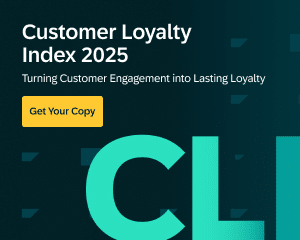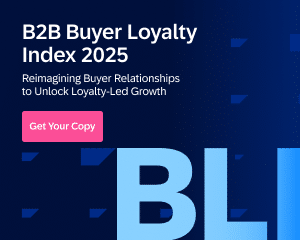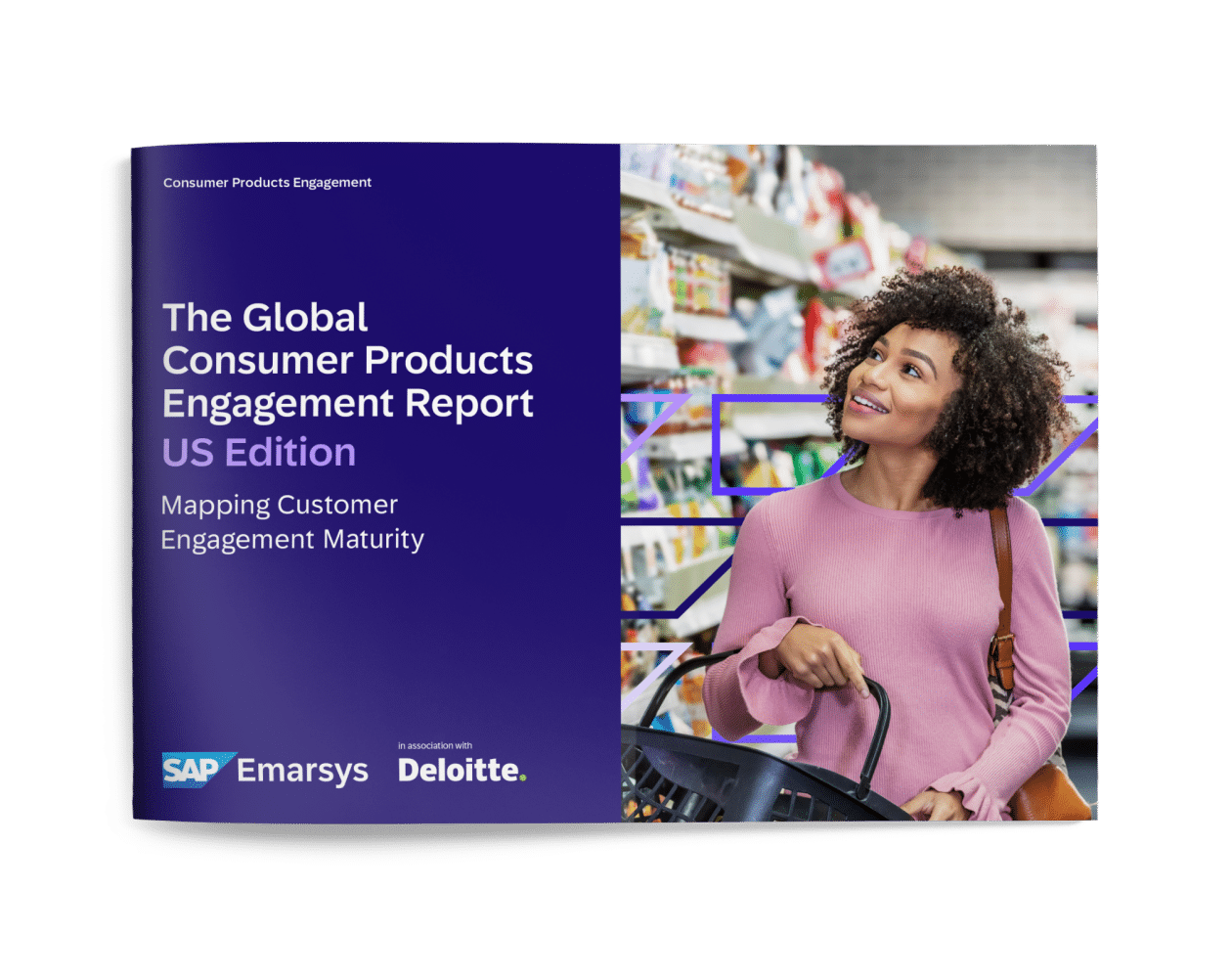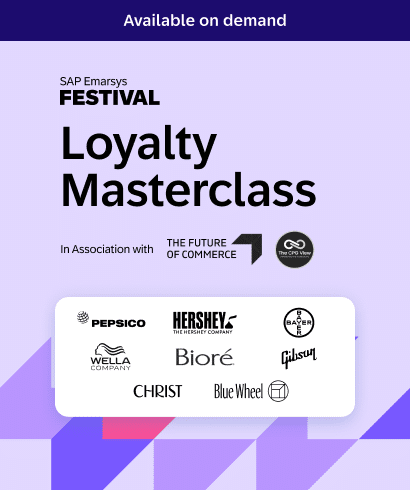The shift to direct-to-consumer (DTC) is transforming the consumer packaged goods (CPG) industry. Brands that once relied entirely on retailers are now building direct relationships with customers, and they’re gaining better data, delivering more personalized experiences, and driving stronger loyalty as a result.
However, making DTC work isn’t always easy, and many CPG brands are running into the same barriers – challenges that slow growth, create inefficiencies, or prevent them from delivering the seamless, connected experiences customers now expect.
The good news? These barriers are common, and the brands that are breaking through them are seeing measurable gains in retention, loyalty, and revenue.
Here are five of the biggest obstacles holding CPG DTC brands back, and how your brand can overcome them.
1. Siloed Data Limits Personalization
Data is the foundation of any successful DTC strategy, but for many CPG brands, that foundation is fractured. Customer data often lives in disconnected systems across ecommerce platforms, loyalty programs, retail partners, and back-office tools. Without a unified view, personalization becomes guesswork.
This is a widespread issue. The Global Consumer Products Engagement Report found that 51% of CPG marketers say they suffer from “dark data,” meaning data that is collected but not effectively used. Without connected data, brands struggle to understand who their customers are, how they shop, and what keeps them coming back.
The solution? This starts with breaking down silos. Leading DTC brands are integrating data across marketing, customer experience, and operational systems to gain real-time insights into the full customer journey. This unified view enables smarter segmentation, predictive recommendations, and highly personalized experiences that drive loyalty and long-term value.
Example in actionFerrara, the brand behind Trolli and NERDS, faced key challenges with fragmented customer data. By unifying insights from ecommerce, retail, and supply chain through SAP Emarsys and SAP Customer Data solutions, Ferrara built rich, real-time customer profiles. This allowed the brand to deliver hyper-personalized campaigns, driving a 59% increase in contactable customers and a 300% boost in fan growth for Trolli.
2. Lack Of Investment In Engagement Tech
Many CPG brands recognize the value of DTC, but too often their technology doesn’t support it. Legacy systems, disconnected tools, and underinvestment in customer engagement platforms make it difficult to deliver the experiences consumers expect.
This is the most common barrier marketers report. In fact, thirty-one percent of CPG marketers cite lack of investment in engagement technology as the biggest obstacle to improving customer engagement. Without the right tools in place, brands struggle to personalize at scale, automate effectively, or respond in real time.
The solution: DTC success depends on platforms that combine AI-driven personalization, omnichannel automation, and real-time customer insights. These tools form the foundation for scalable growth, helping brands move from reactive marketing to proactive, data-driven engagement.
3. Rising Complexity Slows Teams Down
As CPG brands expand into DTC, managing multiple channels, systems, and customer touchpoints becomes increasingly complex. Instead of empowering marketing teams, disconnected tools and manual processes often slow them down.
This is a major concern for marketers. As shown in the Global Consumer Products Engagement Report, twenty-nine percent cite complexity within the marketing department as a key barrier to effective customer engagement. Whether it’s juggling too many platforms, struggling with data silos, or relying on IT for basic tasks, the result is the same – slower campaigns, missed opportunities, and inconsistent customer experiences.
The solution: The brands breaking through this barrier are simplifying. They’re moving away from patchwork tech stacks and toward integrated platforms that centralize customer data, automate repetitive tasks, and streamline omnichannel execution. With the right foundation in place, marketing teams can focus less on troubleshooting and more on driving meaningful growth.
Example in action: Krispy Kreme needed to simplify how it engaged customers across online and offline channels. Using SAP Emarsys, the brand automated real-time campaigns triggered by customer behaviors like store proximity or birthdays. This allowed Krispy Kreme to deliver seamless, relevant experiences while reducing operational complexity and empowering its teams to move faster.
4. Inability To Measure And Optimize The Full Journey
Without a connected view of the customer, it becomes nearly impossible to measure how online and offline touchpoints work together. This leaves marketers guessing about what’s driving engagement, conversions, or loyalty, and limits their ability to optimize spend across channels.
Brands need the ability to track the impact of every touchpoint, whether it’s an in-store activation, an email campaign, or a mobile app interaction.
The solution: an integrated approach to data and measurement. Leading DTC brands are investing in platforms that capture the full customer journey, combining ecommerce, retail, loyalty, and marketing data into a single view. This allows them to understand which channels are working, where to invest, and how to drive better outcomes at every stage of the customer lifecycle.
5. Scaling Personalization Without Losing Brand Consistency
Modern consumers don’t want first names in subject lines – they expect brands to understand their behaviors, preferences, and needs, and to reflect that understanding in every interaction.
For CPG brands operating at scale, this means dynamically tailoring the entire customer experience:
- Product recommendations based on purchase history.
- Promotions triggered by changes in behavior, like noticing a customer hasn’t repurchased a consumable product within their typical replenishment cycle.
- Location-based offers tied to local retail partners or in-store availability.
- Personalized content that adapts to whether a customer primarily engages through email, mobile apps, or social channels.
The challenge is delivering this level of personalization without fracturing brand consistency across regions, markets, and teams. When content, offers, and messaging are dynamically generated, it becomes even more critical to maintain cohesive visual identity, tone of voice, and brand integrity.
The solution: a combination of AI-driven personalization engines and strict brand governance. Brands leading in DTC are building systems that automate personalized journeys based on real-time customer data, while locking in brand-approved templates, creative guidelines, and messaging frameworks. This allows them to serve highly individualized experiences that feel both relevant and unmistakably on-brand — at scale.
Example in action: When launching its ULTRAfiller+ product line, John Frieda used SAP Emarsys to deliver sophisticated, personalized campaigns across 24 countries. By segmenting customers based on hair needs and behaviors, the brand achieved a 4x higher conversion rate compared to previous launches — all while maintaining strong brand consistency across email, social, web, and retail channels.








